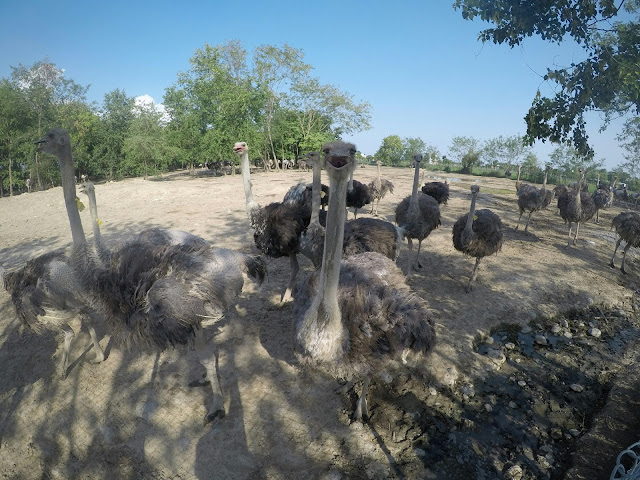Lumbini
May 30
I woke up this morning to a steady stream of water dripping on my face after I fell back asleep from receiving tea again at 5:30 AM. It had been storming all night and it was still pouring, showing how this really is the wettest region in the world. After waking up we went to Lumbini, which is the city that is famous for being the birthplace of Buddha. We first went to the Pratiman-Neema Memorial Foundation (PNMF) school, which is similar to a US trade school. It is on the nearby river, so it monitors water quality as a part of its Lumbini Centre for Sustainability (LCS). The students at the school were mainly lab technicians and assistants, and they have had 124 total graduates so far. They have plans to expand all their programs more to incorporate sustainability and transdisciplinary studies more. An example of one of their programs is the DEMP (danda ecological monitoring project), since the nearby Danda river is a valuable resource for them. Following this visit we drove back to the hotel we stayed at that night, and because we were only 1 KM away, we stopped by the border to India on the way back.
May 31
We started our day out by visiting the birthplace of Buddha and the surrounding temples. The actual place of birth of Buddha is well documented because he was a prince, so it is more specifically known than the birth place of other religious leaders (it is inside the white building pictured). Around his birth place there are many temples gifted by other countries, of which we saw China's, Thailand's, Germany's, and several others. The USA gifted an eternal flame to the site to represent peace, but we do not have a temple. After the temples, we ate lunch then went to an Ostrich farm. The farm was gifted to Nepal from Australia, because ostriches are not native to Nepal. Their meat is expensive because it has a low fat content, so it benefits the local economy. There is an argument to be had about if ostriches are sustainable or not; they use every part of the ostrich for a purpose and it benefits the local economy, but the species should not exist in Nepal naturally. My personal conclusion is that a more widespread environmental impact study ought to be done to determine the overall sustainability of the bird both for the environment and society. Trade offs like this are a unique and fun concept to learn about, so I enjoyed our trip to the ostrich farm. We finished our day by driving a couple hours to our next location, a mountain city named Tansen in the Pulpa region of Nepal.




No comments:
Post a Comment